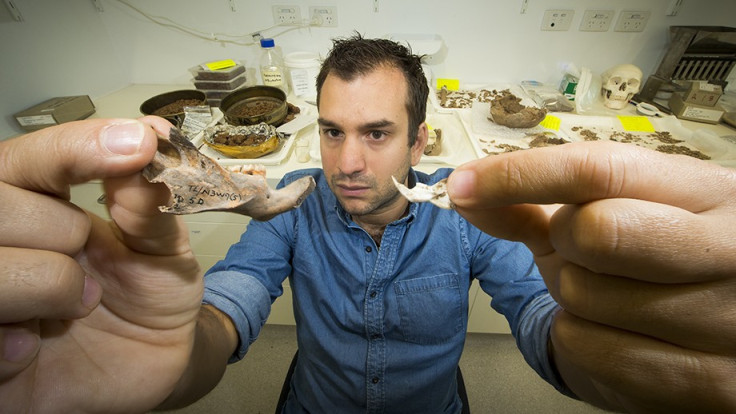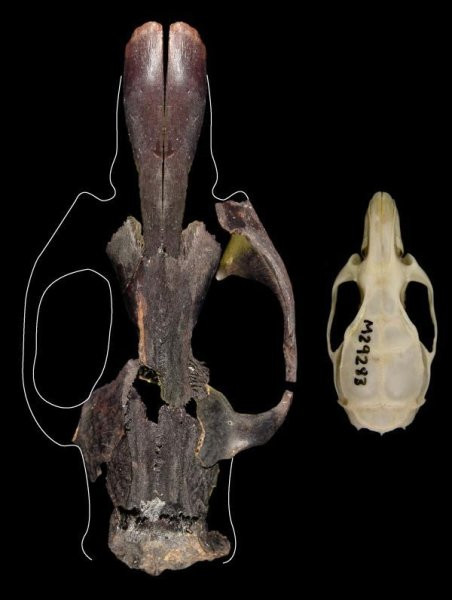Ancient giant rats 'the size of dogs' discovered in East Timor

Giant rats 10 times the size of their modern-day equivalents lived on East Timor up until around 1,000 years ago, archaeologists have discovered. Fossils from seven giant rat species were found by researchers, who say they are the biggest rats ever to have existed.
Julien Louys and colleagues from the Australian National University (ANU) found the fossils as part of a project looking at early human movement in south east Asia. The earliest records of humans in the area date back to around 46,000 years ago and they believe they would have lived with and eaten these giant rats for thousands of years.
"They are what you would call mega-fauna. The biggest one is about five kilos, the size of a small dog. Just to put that in perspective, a large modern rat would be about half a kilo."

The fossils showed evidence of human consumption in markings on them, he said. "We know they're eating the giant rats because we have found bones with cut and burn marks. The funny thing is that they were co-existing up until about a thousand years ago."
Researchers are now looking to find out what caused these giant rats to go extinct. By learning how humans moved through south east Asia, they hope to establish what impact they had on ecosystems there.
"We're trying to find the earliest human records as well as what was there before humans arrived," Louys said. "Once we know what was there before humans got there, we see what type of impact they had. The reason we think they became extinct is because that was when metal tools started to be introduced in Timor, people could start to clear forests at a much larger scale."

Previously, the biggest rat ever to have lived was also found in East Timor, with scientists from CSIRO announcing the find in 2010. The species was one of 13 and would have weighed around 6kg. Ken Aplin from CSIRO said at the time: ""People have lived on the island of Timor for over 40,000 years and hunted and ate rats throughout this period, yet extinctions did not occur until quite recently.
"We think this shows people used to live sustainably on Timor until around 1000 to 2000 years ago. This means extinctions aren't inevitable when people arrive on an island. Large scale clearing of forest for agriculture probably caused the extinctions, and this may have only been possible following the introduction of metal tools."
© Copyright IBTimes 2024. All rights reserved.






















